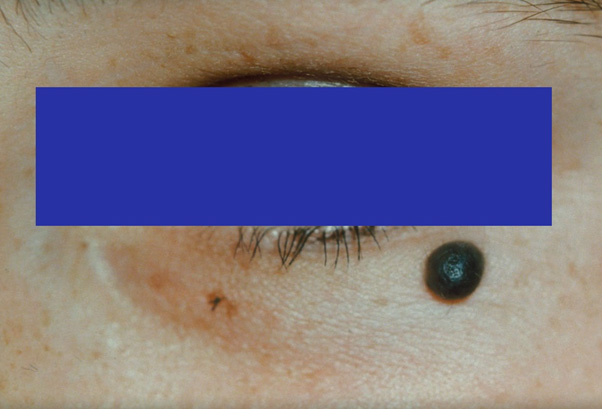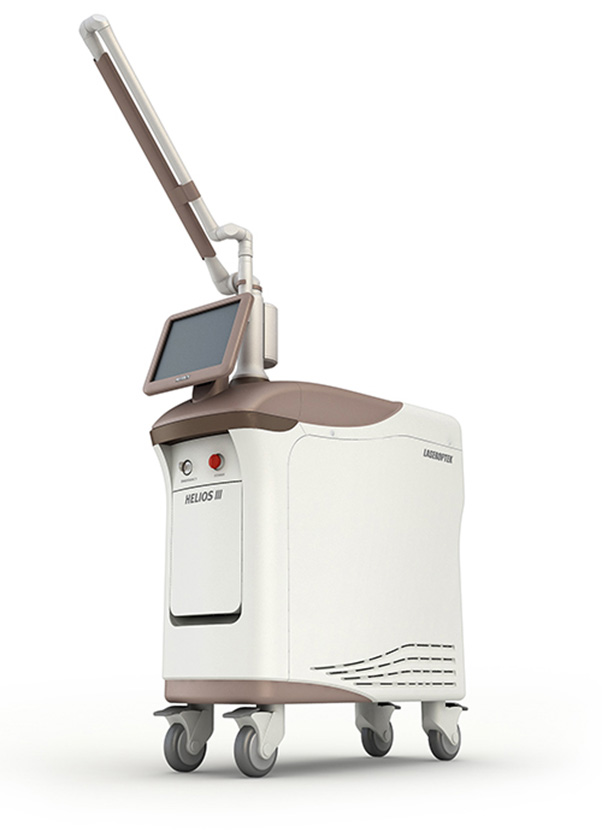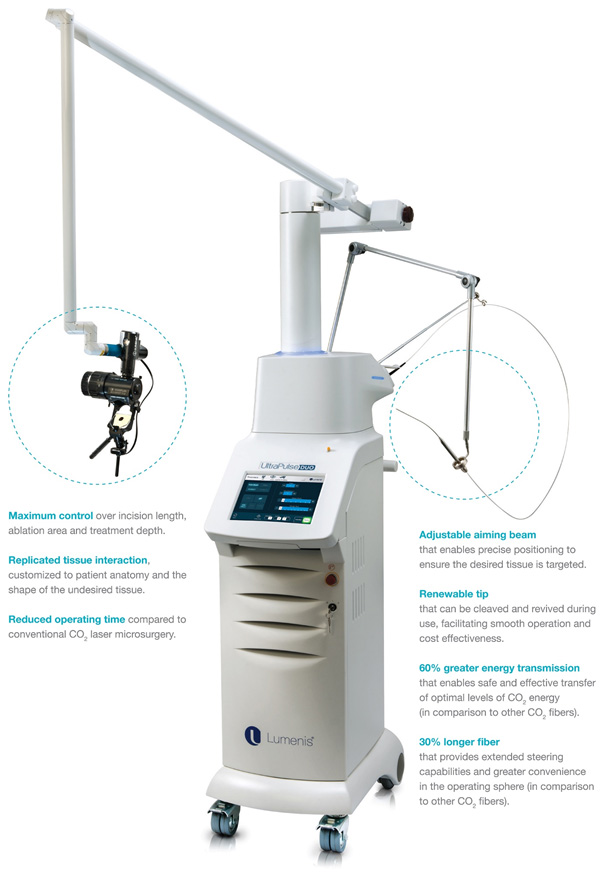Pigmented Moles
 Pigmented moles are growths on the skin that usually are flesh-colored, brown or black. Moles occur when cells in the skin grow in a cluster instead of being spread throughout the skin.
Pigmented moles are growths on the skin that usually are flesh-colored, brown or black. Moles occur when cells in the skin grow in a cluster instead of being spread throughout the skin.
The majority of moles appear during the first two decades of a person's life, while about one in every 100 babies is born with moles. Acquired moles are a form of benign neoplasm, while congenital moles are considered a minor malformation and may be at a higher risk for melanoma, a serious type of skin cancer rarely seen in Indian skin. A mole can be either under the skin or a pigmented growth on the skin. The higher concentration of the body's pigmenting agent, melanin, is responsible for their dark color.
Blue nevus: It is blue in color as its melanocytes are very deep in the skin. The covering epidermis is normal.
Acquired melanocytic nevus : common moles
Congenital nevus:
Small to large nevus present at or near time of birth. Small ones have low potential for forming melanomas; however the risk increases with size, as in the giant pigmented nevus.
Giant pigmented nevus:
These are large, pigmented, and often hairy. They are important because melanoma may (10 to 15%) appear in them.
Nevus of Ito and Nevus of Ota:
Congenital, flat brownish lesions on the face or shoulder.
Mongolian spot:
Congenital large, deep, bluish discoloration on the back of Indian babies.
Risk
The risk of moles changing to melanoma, a dangerous cancer, of small and medium-sized congenital moles is slightly increased. Many studies are currently underway to determine how much of a risk exists.
It is important to inspect congenital moles on a regular basis at home. It is recommended that a dermatologist examine the patient yearly, with serial photographs being considered for some suspect moles.
Signs of early change to melanoma include:
- Development of irregular borders
- Changes in color, size, or shape or becomes larger than a pencil eraser.
- Change in the smooth surface of the mole.
- A mole, even if smaller than a pencil eraser, that is different than the others and begins to crust over, bleed, itch, or become inflamed
Any of these changes should prompt an evaluation by a dermatologist.
A congenital mole may develop hair growth or uniformly darken. These are expected changes and are not of concern.
Treatment
- Since there is a small risk of congenital moles becoming melanoma, removal is sometimes recommended.
- If a mole is suspected of being a melanoma, it needs to be sampled by a method called skin biopsy. One can do a complete excision skin biopsy.
- In properly trained hands, lasers are also used to remove flat moles.
- Radiofrequency surgery is available as an alternative
- Electro-cautery may also be used.



Skin Clinic
Working Time
- Mon-Sat
9.30 AM - 1.30 PM
5.30 PM - 8.00 PM
Saturday
9.30 AM - 1.30 PM
Contact Info
-
Phone: 9810030327
9560400327 - bindalclinic@gmail.com
